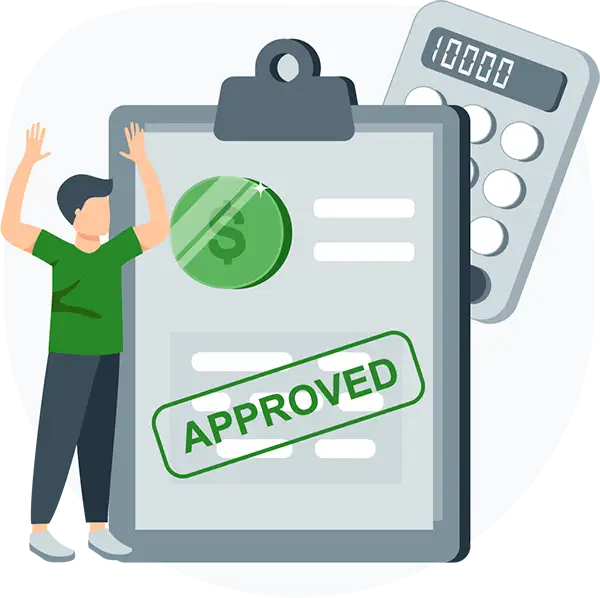Auto Loans: Your Comprehensive Guide to Financing Your Next Vehicle
- Auto loans are widely available for new and used cars from various lenders.
- Interest rates are heavily influenced by your credit score, but there are options for many credit types.
- Loan rates also depend on loan size, term, and car value.
- Pre-qualification helps compare loan offers effectively.
- Beware of "Buy Here Pay Here" dealerships.
- Insurance costs differ between new vs. used cars, generally being higher for new vehicles.
Get Approved for an Auto Loan
Getting approved for an auto loan can feel like a daunting task, especially if you're unsure about the different options available or concerned about your credit history. Understanding the landscape of auto financing is the first step towards getting behind the wheel of the car you need so let's dive into a comprehensive overview of auto loans! We'll cover various types, lenders, required documentation, strategies to improve your chances of approval, and crucial considerations like insurance and trade-in equity. Auto loans aren't one-size-fits-all. Each type caters to different needs and circumstances. Here's a breakdown of the primary types:

New Car Loans
- Lower Interest Rates
Generally, new car loans tend to have lower interest rates compared to used car or bad credit loans due to the lower perceived risk for lenders. - Longer Loan Terms
You might have access to longer repayment periods, potentially lowering your monthly payments (though this could mean paying more interest over the life of the loan). - Manufacturer Warranties
New cars come with manufacturer warranties, offering peace of mind against unexpected repairs for a certain period. - Latest Features and Technology
New vehicles boast the most up-to-date safety features, technology, and fuel efficiency.
- Higher Purchase Price
New cars are significantly more expensive than used vehicles. - Rapid Depreciation
New cars experience the most significant depreciation in their value within the first few years of ownership. Unless you have a large down payment, there's a good chance your new car has negative equity the moment you drive off the lot.

Used Car Loans
- Lower Purchase Price
Used cars are considerably more affordable than new cars, allowing you to potentially get a larger or more feature-rich vehicle for your budget. - Slower Depreciation
The initial steep depreciation has already occurred, meaning the vehicle will likely retain its value better over the loan term. - Wider Selection
The used car market offers a vast array of makes, models, and years to choose from.
- Potentially Higher Interest Rates
Used car loans may come with slightly higher interest rates than new car loans due to the increased risk associated with older vehicles. - Limited or No Warranty
Depending on the age and mileage, used cars may have limited or no remaining manufacturer warranty, increasing the risk of repair costs. - Potential for Higher Maintenance Costs
Older vehicles may require more frequent maintenance and repairs.
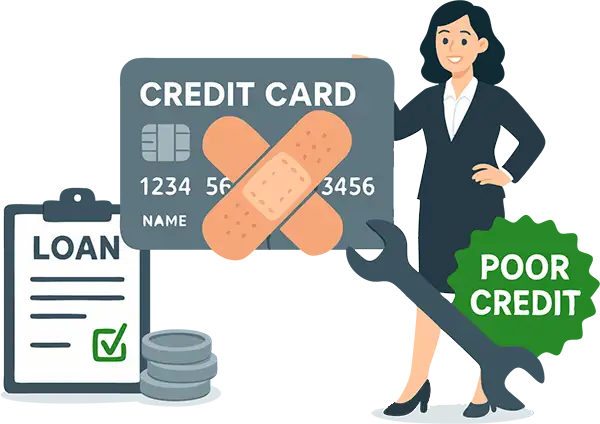
Bad Credit Auto Loans
- An Alternative
These loans are specifically designed for individuals with a poor credit history who may struggle to qualify for traditional auto loans. - Access to Transportation
They provide an opportunity for individuals with less-than-perfect credit to obtain a vehicle they may need for work, family, or daily life. - Credit Rebuilding Opportunity
Making timely payments on a bad credit auto loan can help improve your credit score over time.
- Significantly Higher Interest Rates
Due to the increased risk for lenders, bad credit auto loans typically come with substantially higher interest rates. - Shorter Loan Terms
Lenders may require larger down payments or co-signers. - Limited Vehicle Selection
The selection of vehicles available for bad credit financing might be more limited.
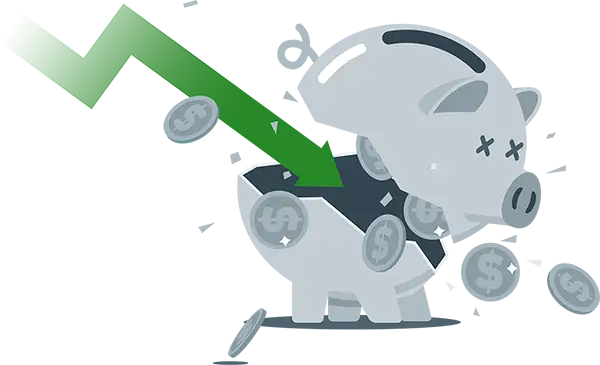
Bankruptcy Auto Loans
Obtaining an auto loan after filing for bankruptcy (either Chapter 7 or Chapter 13) can be challenging but not impossible. These loans are specifically tailored for individuals who have recently gone through bankruptcy and are looking to finance a vehicle.
- Considerations After Chapter 7 Bankruptcy
After a Chapter 7 discharge, there is no longer an automatic stay, and you can typically start the process of obtaining a new loan. However, your credit score will likely be significantly impacted, leading to higher interest rates and potentially stricter loan terms. - Considerations During or After Chapter 13 Bankruptcy
During a Chapter 13 repayment plan, you will likely need permission from the bankruptcy court to incur new debt, including an auto loan. The court will assess whether the loan is necessary and if you can afford the payments while adhering to your repayment plan. After the discharge of a Chapter 13 bankruptcy, you will still face the challenges of a damaged credit score.
Navigating the Lenders: Who Provides Auto Loans?
Understanding the different types of lenders can help you find the best loan terms and options for your situation. Doing your research beforehand can mean extra savings!
- Banks and Credit Unions
The most commonly used. Traditional financial institutions often offer competitive interest rates and a variety of loan terms for individuals with good to excellent credit. Credit unions may offer slightly better rates and more personalized service to their members. - Dealership Financing (Captive Finance Companies)
Many car dealerships have their own financing arms (e.g., Ford Credit, Toyota Financial Services). They can offer convenient on-the-spot financing for both new and used vehicles. They may also have special promotions or incentives. - Online Lenders
Numerous online lenders specialize in auto loans, offering a convenient application process and potentially competitive rates. It's wise to compare offers from multiple online lenders. - Buy Here Pay Here (BHPH) Dealerships / In-House Financing
These dealerships primarily cater to individuals with bad credit. They handle both the sale of the vehicle and the financing in-house. While they can provide access to transportation for those with very poor credit, they often come with significantly higher interest rates, less favorable loan terms, and a limited selection of older, high-mileage vehicles. Proceed with caution and thoroughly understand the terms before committing to a BHPH loan.

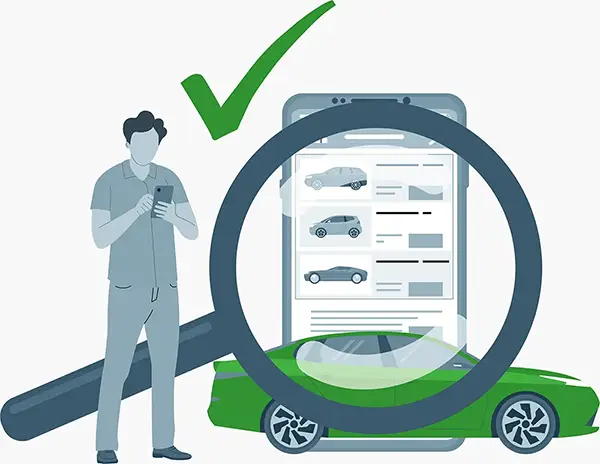
Essential Documents for Securing an Auto Loan
Regardless of the lender or type of loan, you'll generally need to provide the following documentation:
- Proof of Identity
Driver's license, state-issued ID, or passport. - Proof of Income
Recent pay stubs (usually two or three), W-2 forms, tax returns (if self-employed), or bank statements showing consistent income. - Proof of Residence
Utility bill, lease agreement, or mortgage statement with your current address. - Vehicle Information (if applicable)
If you've already chosen a vehicle, you'll need the Vehicle Identification Number (VIN), make, model, and year. - Insurance Information
Proof of current auto insurance or the ability to obtain it. - Bank Account Information
Details for making loan payments.
The specific documents required may vary depending on the lender and your individual circumstances. Verify what you'll need with your lender.
The Role of Insurance: New vs. Used Car Considerations
Securing auto insurance is a mandatory part of owning and financing a vehicle. The type of car you finance - new or used - can significantly impact your insurance rates:
- New Cars
Generally, insuring a new car tends to be more expensive than insuring a used car. This is primarily due to the higher value of the vehicle. In the event of an accident, the cost to repair or replace a new car will be higher, leading to increased premiums. Lenders financing new vehicles often require comprehensive and collision coverage to protect their investment. - Used Cars
Insurance premiums for used cars are typically lower because the vehicle's market value is less. While comprehensive and collision coverage are still recommended, especially if you're financing the vehicle, you might have the option to carry lower limits or even forgo these coverages on older, less valuable vehicles (though this comes with the risk of paying out-of-pocket for significant damage).
Factors Influencing Insurance Costs
Beyond whether the car is new or used, other factors that affect your insurance rates include your driving history,
age, location, credit score, and the specific make and model of the vehicle
(e.g., high-performance cars or those with a history of being stolen often have
higher premiums). It's always a good idea to get insurance quotes for the
specific vehicle you're considering before finalizing your purchase and loan.
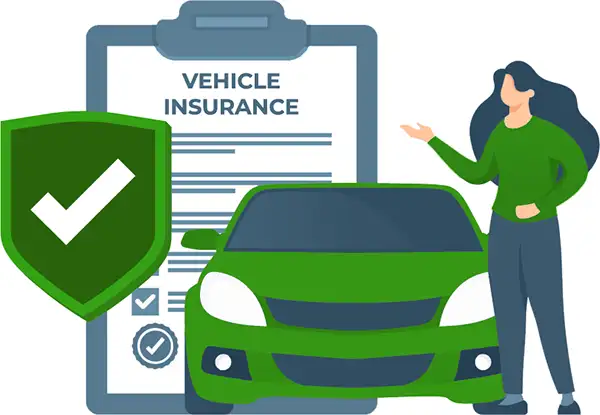

Navigating Negative Equity with Your Trade-In
Many car buyers choose to trade in their existing vehicle when purchasing a new or used one. However, it's crucial to understand the concept of negative equity, also known as being "upside down" on your current car loan.
- What is Negative Equity?
Negative equity occurs when the amount you still owe on your current car loan is more than the current market value of your vehicle. For example, if you owe $10,000 on your trade-in, but its current value is only $7,000, you have $3,000 in negative equity. - How Does it Affect Your New Loan?
When you trade in a vehicle with negative equity, that negative balance often gets rolled into your new auto loan. This means you're not only financing the price of the new car but also the remaining (though this comes with the risk of paying
Strategies for Dealing with Negative Equity
- Pay Down Your Existing Loan
If possible, try to pay down your current car loan before trading it in to reduce or eliminate negative equity. - Make a Larger Down Payment
When purchasing your new vehicle, making a larger down payment can help offset the negative equity from your trade-in. - Consider Waiting
If you're significantly upside down, it might be financially prudent to wait until you've paid down more of your current loan before trading it in. - Explore a Smaller or Less Expensive Vehicle
Opting for a less expensive new or used vehicle can help minimize the impact of rolling over negative equity.
Boosting Your Chances of Auto Loan Approval
Improving your chances of getting approved for an auto loan, especially with less-than-perfect credit, requires preparation and strategic steps:
- Check Your Credit Report
You can obtain copies of your credit reports from all three major credit bureaus (Equifax, Experian, and TransUnion) once a year free through AnnualCreditReport.com. Review them carefully for errors and dispute any inaccuracies. - Improve Your Credit Score
While it takes time, actively work on improving your credit score by:- Paying Bills On Time
Consistent on-time payments are the most significant factor in your credit score. - Reducing Debt
Debt-to-income ratio is looked at by every lender. Lowering your overall debt, especially credit card balances, can improve your credit utilization ratio. - Avoiding Opening New Credit Accounts
Opening too many new accounts in a short period can negatively impact your score
- Paying Bills On Time
- Save for a Down Payment
A larger down payment reduces the loan amount, lowering the lender's risk and potentially leading to better loan terms and a higher chance of approval. - Get Pre-Approved
Before you start shopping for a car, get pre-approved for an auto loan from multiple lenders (banks, credit unions, and online lenders). This gives you a clear understanding of how much you can borrow and the interest rates you qualify for, strengthening your negotiating power at the dealership. - Consider a Co-signer
If you have poor credit, a co-signer with a good credit history can significantly increase your chances of approval and potentially help you secure better loan terms. The co-signer agrees to be responsible for the loan if you default. - Shop Around for the Best Rates and Terms
Don't accept the first loan offer you receive. Compare interest rates, loan terms, fees, and repayment options from multiple lenders to ensure you're getting the best deal. - Be Realistic About Your Budget
Determine how much you can comfortably afford for a monthly car payment, including insurance and potential maintenance costs. Don't overextend yourself with a loan that strains your finances.
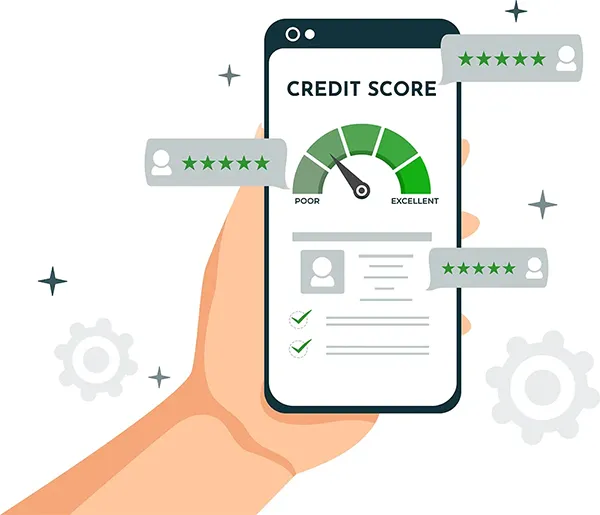
The Bottom Line
Navigating the world of auto loans involves more than just securing financing. Understanding the impact of your vehicle choice on insurance costs and the implications of negative equity in a trade-in are important to making informed decisions. By considering these factors, along with the different types of loans, lenders, and strategies for approval, you can confidently navigate the auto loan process and drive away in the vehicle that meets your needs and budget.

